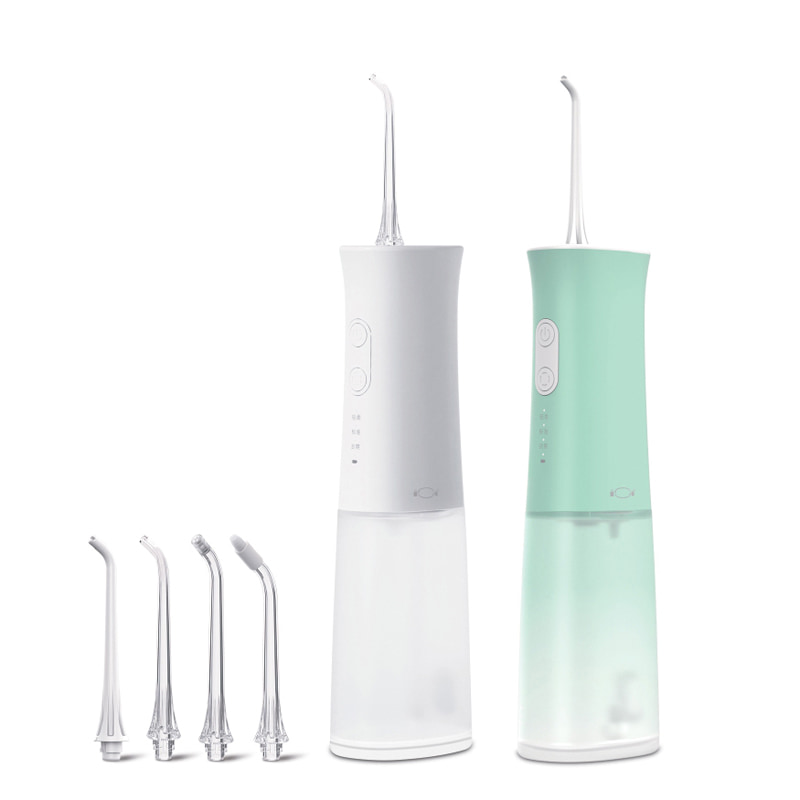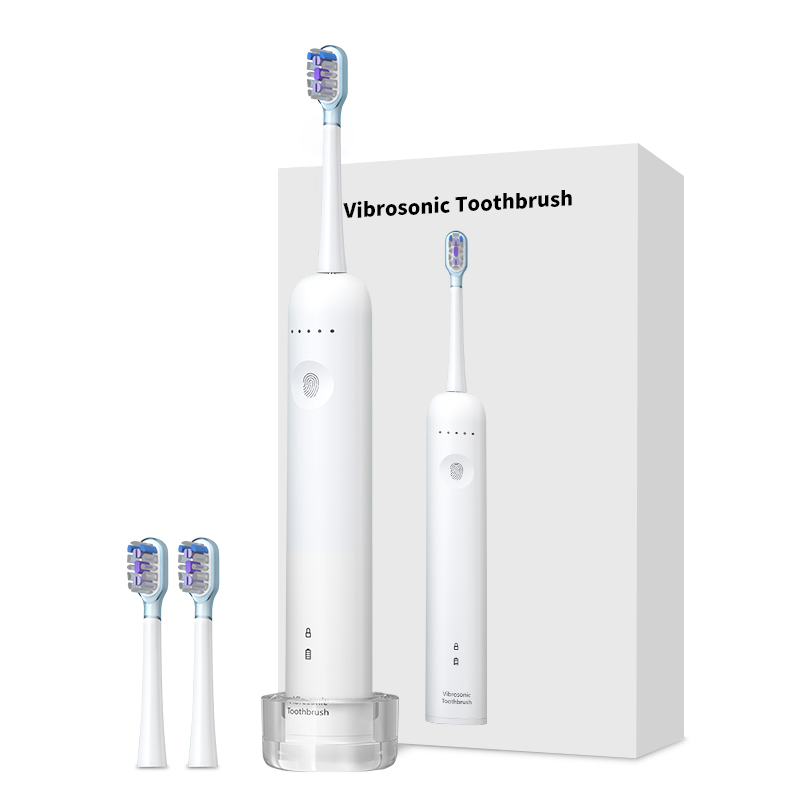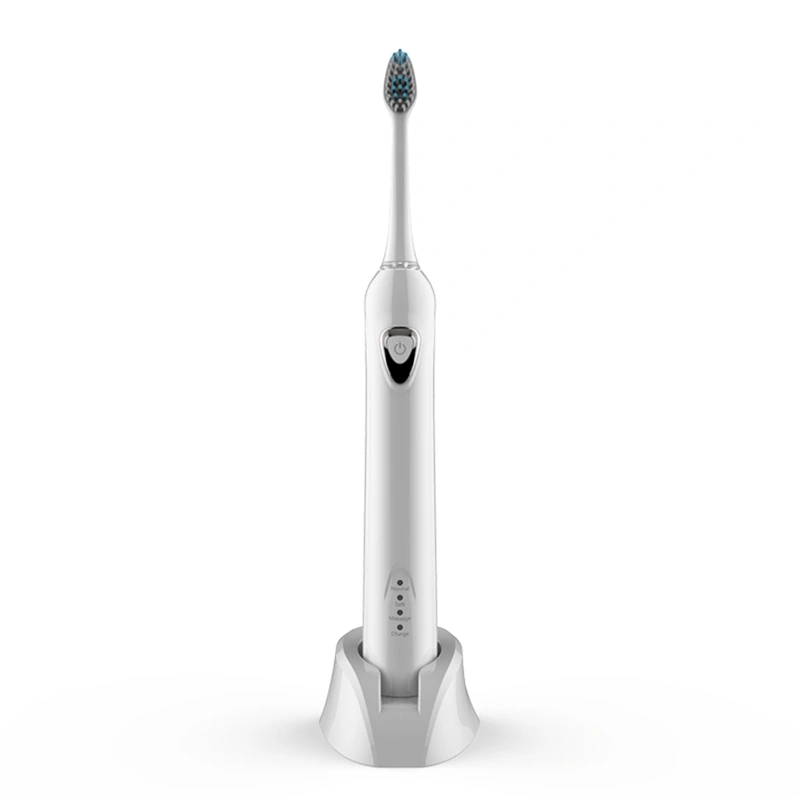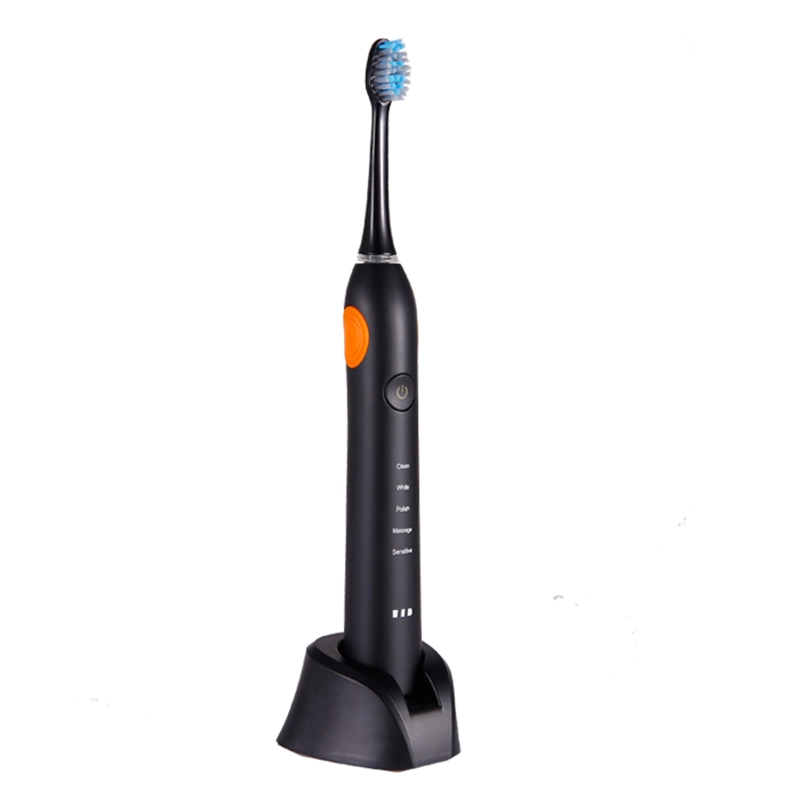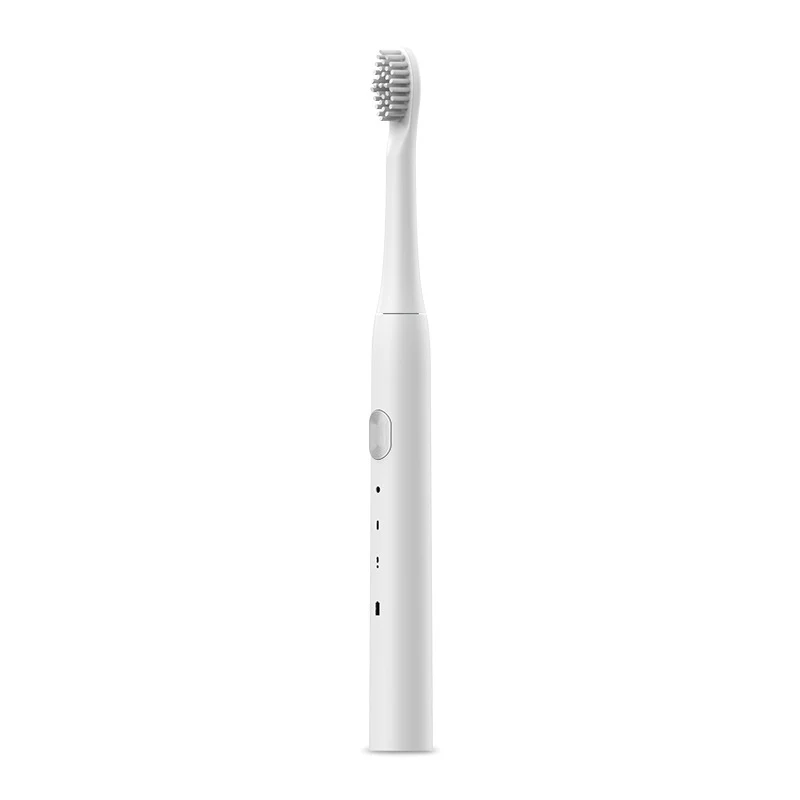Pros and cons of sonic and ultrasonic electric toothbrushes
Electric toothbrushes nowadays are increasingly replacing ordinary manual ones from the bathroom shelves. They have become a familiar electromechanical device that provides a much higher level of oral hygiene protection than their mechanical progenitors. And if for everyone it is clear how a regular toothbrush differs from an electric one, then many users have a very superficial idea of the difference between sonic electric toothbrushes and ultrasonic ones. Today we will try to talk about this in detail.
Why are toothbrushes called sonic and ultrasonic
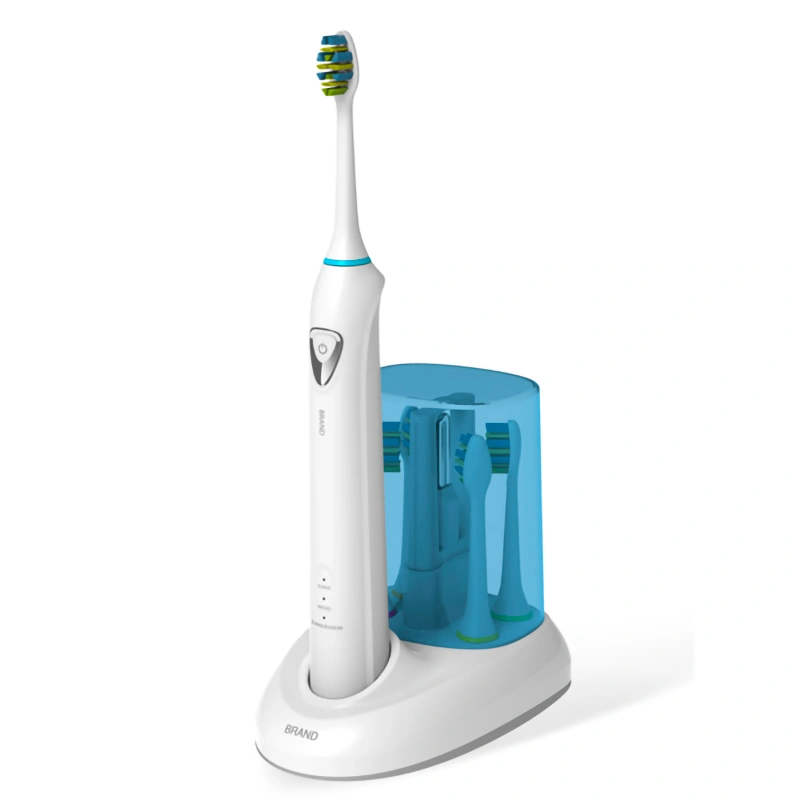
These names are arbitrary and they are not associated with the ability of the brush to make sounds, but with its ability to vibrate. The sounds that we are able to hear have a different wave frequency - from 20 (low) to 20,000 (high) vibrations per second. Sounds with a vibration of less than 20 per second (20 hertz) are called infrasounds, over 20,000 (20 kilohertz) - ultrasound. Electric brushes developing vibrations of the bristles in this range were called sonic, and brushes capable of developing a vibration frequency of more than 20 kHz - ultrasonic. If we follow this principle, then manual toothbrushes can be safely called infrasonic, since we physically cannot provide the brush with more than 4 vibrations per second (4 Hz) with the help of mechanical movements. Having dealt with the terms, you can go further.
How sonic and ultrasonic electric toothbrushes work
Just as a conventional electric stove and a microwave oven achieve the same result (cooking), having completely different operating principles, so our brushes achieve the final goal (cleaning our teeth) in completely different ways.
The operation of sonic electric toothbrushes is based on the principle of mechanical action on the tooth surface. That is, the power section of the brush provides vibrations to the bristles of the cleaning head that cannot be achieved with a conventional brush. Thus, the cleaning efficiency is greatly increased in comparison with a manual brush. In modern sonic brushes, the frequency of vibration of the bristles is 500-1500 Hz (movements per second).
The designs of modern replaceable sonic brush heads have become so sophisticated that the bristles perform movements designed for the most gentle and high-quality cleaning. The shape of the bristles allows cleaning of each tooth, preventing plaque from entering the gingival groove. Thus, the technique of cleaning teeth with an electric toothbrush is completely different from cleaning with a regular brush - the cleaning head must be rearranged from one tooth to another, excluding the movement to the right-left and up-down.
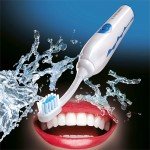
The ultrasonic toothbrush works completely differently. The cleansing method is based on the ability of ultrasonic waves to destroy bacterial chains. It is the bacterial colonies that develop on the surface of our teeth that form plaque that can transform into dangerous tartar. The design of the brush is equipped with a high-frequency oscillator, which, under the influence of an electric field, emits a wave field with a frequency of up to 1.6 million oscillations per second. This frequency is completely harmless to the tissues of the oral cavity, moreover, it is useful, as it leads to the activation of the blood supply to the gums and their strengthening. Thus, having subjected the surface of the teeth to ultrasonic treatment, disinfection of the oral cavity is ensured, the destruction of plaque. Simultaneously, the brush head performs cleaning mechanical movements of the bristles with a sound frequency,
Pros and cons of sonic and ultrasonic electric toothbrushes
The advantages of electric toothbrushes over manual ones are obvious - they are much more productive, and, therefore, more effective for oral hygiene, do not injure the gums and teeth, as a rule, they have a number of additional service functions (timer, pressure sensors, etc.). Sonic electric toothbrushes have no contraindications and are recommended even for children.
The use of ultrasonic toothbrushes has a number of limitations caused by the effect of ultrasound on the body. First of all, it cannot be used by people with fillings, crowns, implants, since high-frequency vibrations can cause violations at the boundaries between enamel and filling, and reduce the service life of artificial products.
There are suggestions that ultrasound is dangerous for women during pregnancy. Although there is no confirmed data on this, doctors still recommend refraining from using ultrasonic toothbrushes during this period. The use of ultrasonic toothbrushes is prohibited for people with a pacemaker.
As a electric toothbrush manufacturer and supplier in China, Shenzhen Relish provides various types of electric toothbrush wholesale, dropshiping, and OEM services. At the same time, we are also a water flosser manufacturer, providing wholesale, direct sales and OEM OEM services for water flosser. We look forward to working with you.
As a professional manufacturer of electric toothbrush and oral irrigator / water flosser, Shenzhen Relish provides various types of electric toothbrush wholesale and OEM customized services. You can also wholesale water flosser from Relish at factory price. We can provide you highly competitive prices and look forward to working with you.

- All comments(0)

 日本語
日本語 Español
Español Deutsch
Deutsch 中文
中文